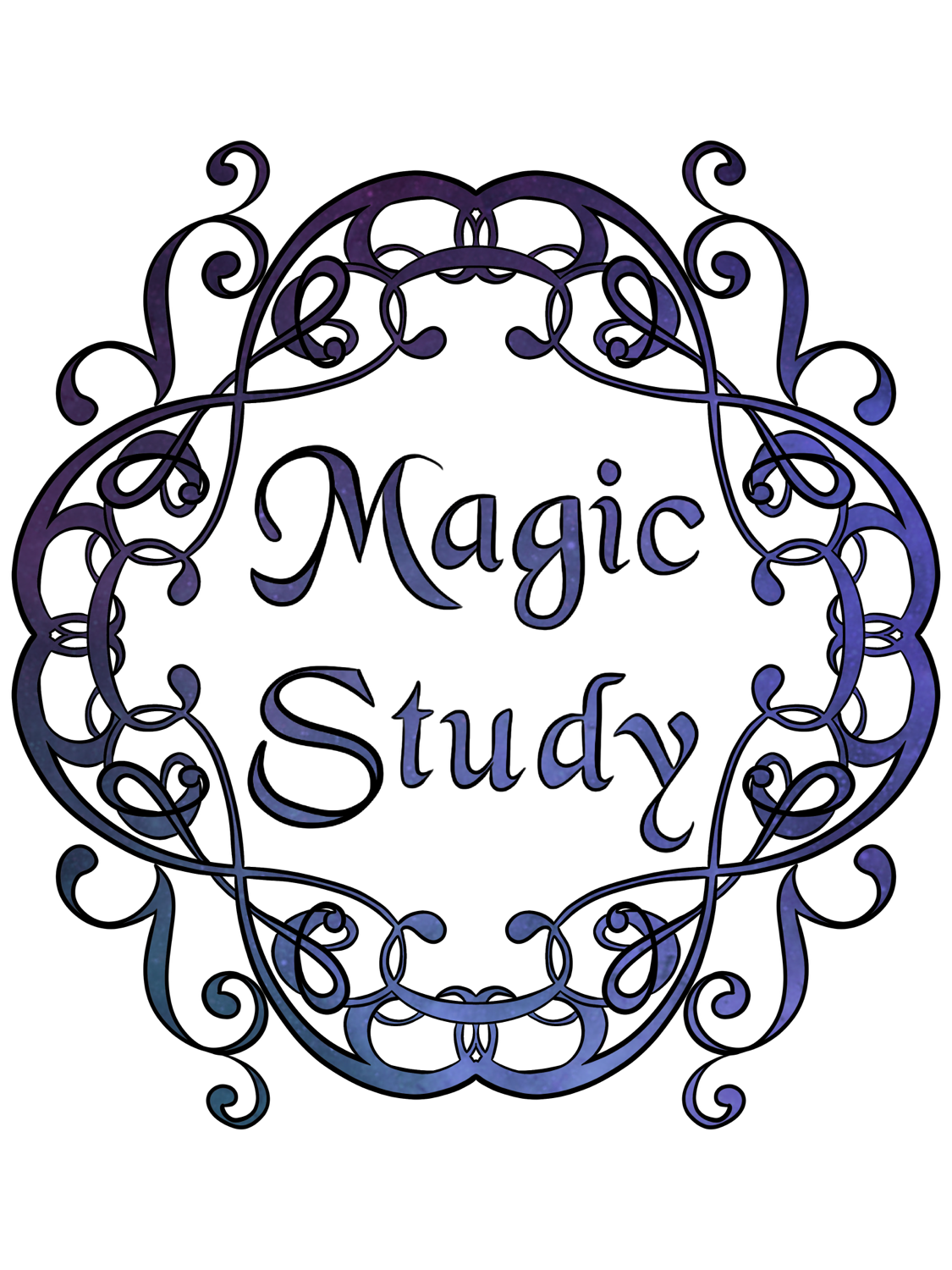A History of Magic - notes, part 7
- magicstudent

- Feb 20, 2022
- 1 min read

Last time, we talked a bit about curses. Today, we'll talk a bit about healing.
The Greeks made some pretty major strides in medicine, but magical healing was still practiced widely. Pliny's Natural History includes many magical remedies. The examples given by Cavendish are... gross. Maybe skip Pliny's book if you're squeamish.
Dioscorides was a doctor who wrote De Materia Medica, a book that listed herbs and their properties. Medically speaking, very few of these are held as being accurate today, but this book of herbal healing was used for hundreds of years and set the foundation for modern day pharmacological texts.
Magic and medicine have been intertwined since prehistoric times, with people administering treatments while reciting incantations asking for the gods' help. (I would argue that this is still the case today. How many of us have prayed for a sick loved one to get well, even after they've received medical treatment?)
One method of healing was called "incubation," where the patient would sleep in a temple in the hopes of receiving a dream that would offer a treatment idea or even cure them completely. This apparently worked for many people. Whether it was through magic or through the placebo effect is up for debate.
The Chester Beatty Papyrus 3 is an ancient Egyptian manuscript about dream interpretation. Many of the associations made are still widely seen in dream interpretation dictionaries today. Another ancient manual on dream interpretation is Artemidorus' Oneirocritica. Some excerpts from that text can be found here.
Next week, we'll talk a little about witches from Greek and Roman times.
Stay safe!
- me




Comments